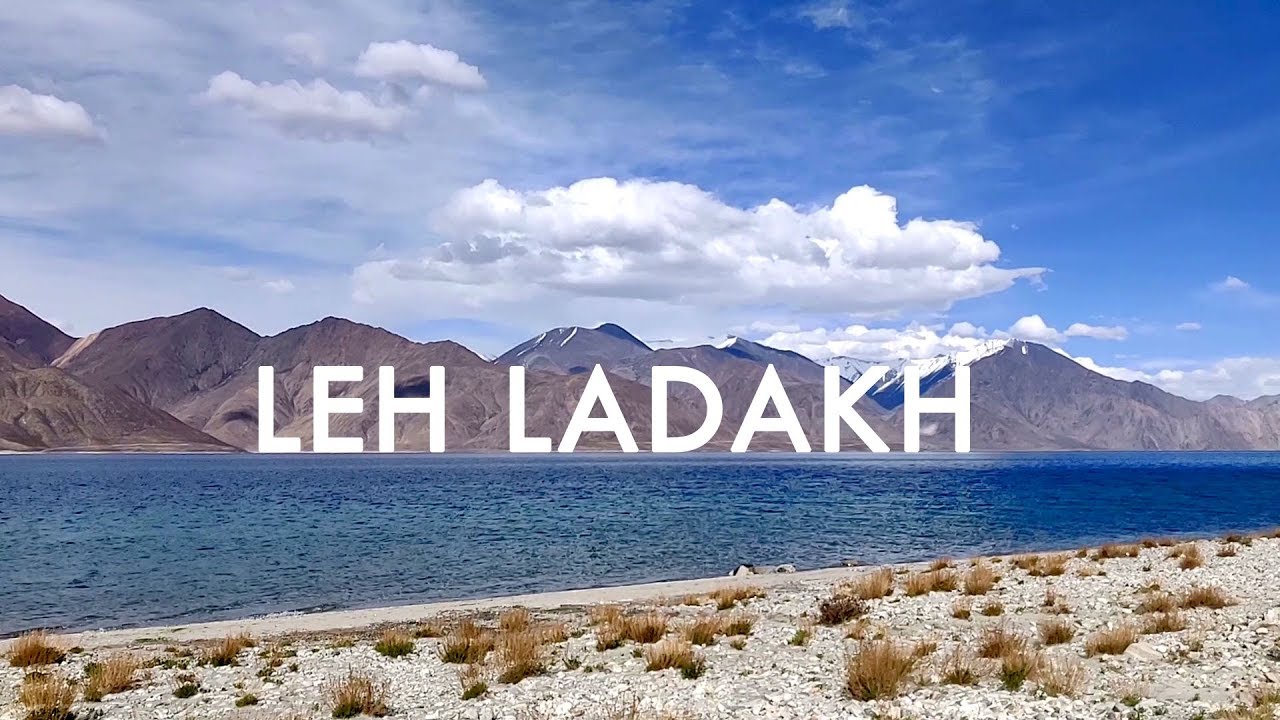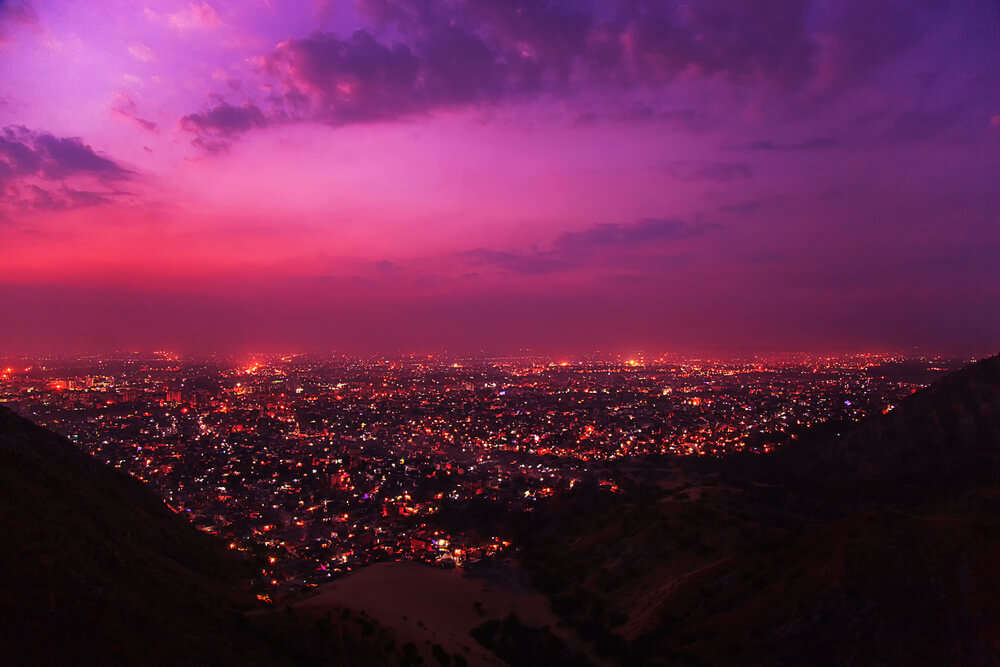Discovering Leh Ladakh: An Expedition to the World's Roof
Blog post on: Embark on an exhilarating journey through Leh Ladakh in our latest blog, uncovering the mystique of the world's roof.

Leh Ladakh is located in the northernmost part of India. It is a country of unrivaled adventure, culture, and beautiful landscapes. Leh Ladakh, which is known for its majestic mountains, picturesque lakes, and vibrant monasteries gives you an unforgettable vacation experience that captivates everyone who visits it.
In this blog, we will introduce you to the top attractions in Leh Ladakh. We will also provide you with tips on how to travel to this enchanting place. We will also share with you some insights about the rich cultural history of Leh Ladakh.
The Enchanting Leh Ladakh Mountains
It is renowned for its stunning mountain ranges, including the Karakorum and Himalayas, and offers a variety of activities such as trekking, cycling, and exploring isolated settlements. The valleys, such as Nubra, and Zanskar offer stunning views. The lakes of Privilege are renowned for their sparkling blue waters and stunning scenery, and camping and photography are common activities. A lesser-known lake, Tso Moriri, offers a peaceful haven amid nature. The area is also home to several cultural sites and monasteries, one of which is the largest and wealthiest in Ladakh. The monastery of Hemis is renowned for its annual Hemis celebration and the Alchi monastery is a UNESCO World Heritage Site. The Thiksey monastery is a picturesque and picturesque sight, reminiscent of the Potala palace in Lhasa.
Leh Ladakh Adventure Activities: Biking, River Rafting, Trekking, and Wildlife Safari Festivals and Cultural Heritage. Tibetan Buddhism has a strong cultural influence on Leh Ladakh. The region's vivid and colorful festivities provide an insight into its customs and traditions.
Tips for Traveling to Leh Ladakh
If you're planning a trip to Leh Ladakh, the best time to visit is between May and September due to the pleasant weather and easy access to the area. It is important to acclimatize to the high altitude to avoid altitude sickness, so take the first few days to get acclimated. Permits are required to get into certain areas of the area, so make sure to bring them with you when you arrive. Other important items to pack include clothing with adjustable layers of warm jackets and thermal wear, as well as waterproof gear to withstand changing temperatures. Shoes should be comfortable walking shoes and good hiking boots for outdoor activities. A basic first aid kit with medications for altitude sickness and sunscreen should also be included in your health kit. Connectivity may not always be available, so it is a good idea to let your loved ones know if there is any potential communication disruption.
What's Your Reaction?


























:max_bytes(150000):strip_icc()/GettyImages-80487462-59833fb6d088c000112fcc2c.jpg)





/https://tf-cmsv2-smithsonianmag-media.s3.amazonaws.com/filer/b6/30/b630b48b-7344-4661-9264-186b70531bdc/istock-478831658.jpg)





)


























:max_bytes(150000):strip_icc()/GettyImages-173607153-3eb9caf873014f9ab2e3c11cf071d2c9.jpg)

















)



